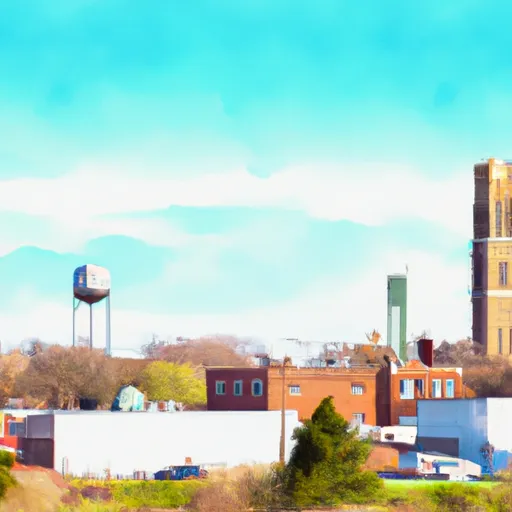°F
°F
mph
Windspeed
%
Humidity











Templeton, Iowa is a small town located in Carroll County in the Midwestern United States. The region experiences a humid continental climate, characterized by cold winters and warm summers. Average temperatures range from around 15°F (-9°C) in winter to 85°F (29°C) in summer. Precipitation is evenly distributed throughout the year, with an average annual rainfall of approximately 33 inches (84 cm) and snowfall of about 32 inches (81 cm).
Templeton is situated near the Raccoon River, which serves as an essential hydrological feature. The river contributes to the town's water supply and supports various aquatic life forms. Additionally, the hydrology of the area is influenced by several smaller tributaries and streams that flow through the region.
Outdoor enthusiasts in and around Templeton can take advantage of numerous recreational opportunities. The Raccoon River Valley Trail, a scenic multi-use trail, provides opportunities for hiking, biking, and wildlife viewing. The trail stretches over 89 miles (143 km) and showcases the natural beauty of Iowa's countryside.
In summary, Templeton, Iowa's climate encompasses cold winters and warm summers, with a year-round distribution of precipitation. The town benefits from the presence of the Raccoon River and offers outdoor enthusiasts various recreational opportunities, primarily centered around the Raccoon River Valley Trail.
Weather Forecast
Templeton receives approximately 843mm of rain per year, with humidity levels near 84% and air temperatures averaging around 9°C. Templeton has a plant hardyness factor of 5, meaning plants and agriculture in this region thrive during a short period during spring and early summer. Most plants will die off during the colder winter months.
Regional Streamflow Levels
24,000
Cubic Feet Per Second
28
Cubic Feet Per Second
83
Cubic Feet Per Second
165
Cubic Feet Per Second
Nearby Camping
| Camping Area | Reservations | Toilets | Showers |
|---|---|---|---|
| Voss Park City Campground | |||
| Cold Spring Park | |||
| Pilot Grove Co Park | |||
| Rothenburg City Park | |||
| Sportsman Park - Sleepy Eye | |||
| Sunnyside Park Campground |



